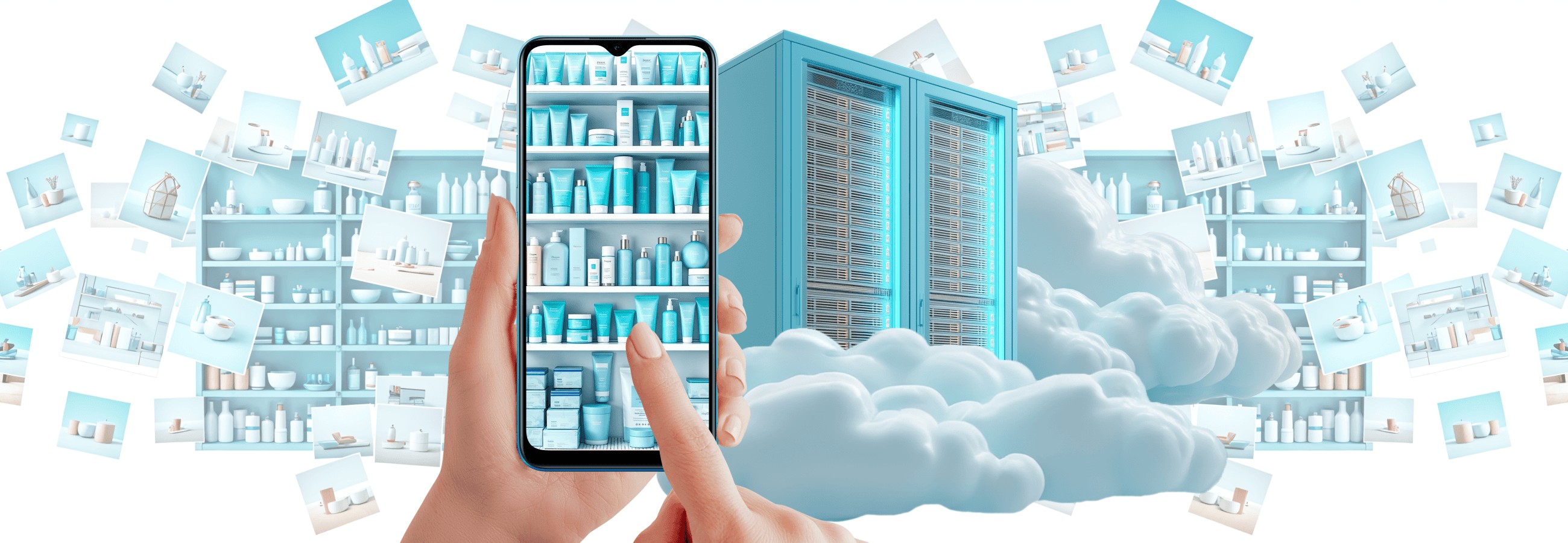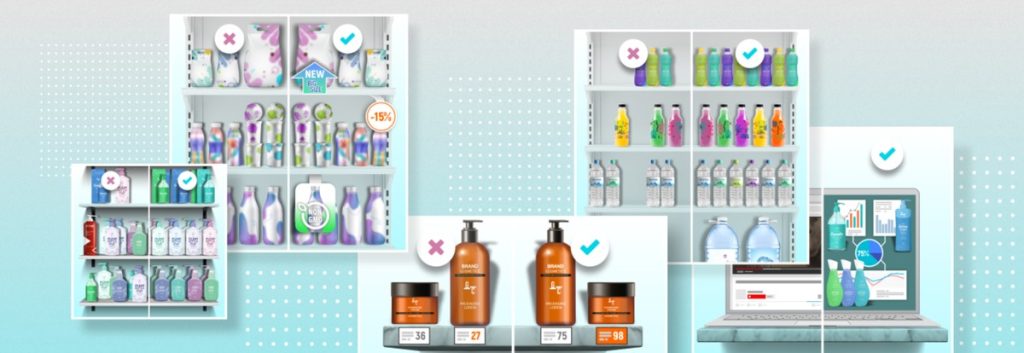FMCG companies pay special attention to merchandising control, especially checking the placement of goods. To accelerate the process and avoid mistakes, business shifts towards automation. Today, merchandisers often use mobile applications that analyze placement of goods on the photographs, compare it to the planogram and show inconsistencies right at the sales outlet. At the same time, the image analysis process itself can be implemented through one of the two ways: locally on a mobile device or remotely on a cloud server.
In this article, we will consider these technologies in detail, their advantages and limitations, as well as cases to show when each technology is more useful.
Key Takeaways:
- Local recognition works without internet and provides instant results on-site, but data reaches management only after synchronization.
- Cloud recognition delivers real-time information to managers and handles large catalogs, but requires stable internet connection.
- The choice depends on assortment size, connection quality at retail locations, and how quickly management needs the data.
Goods recognition: two key approaches for FMCG companies
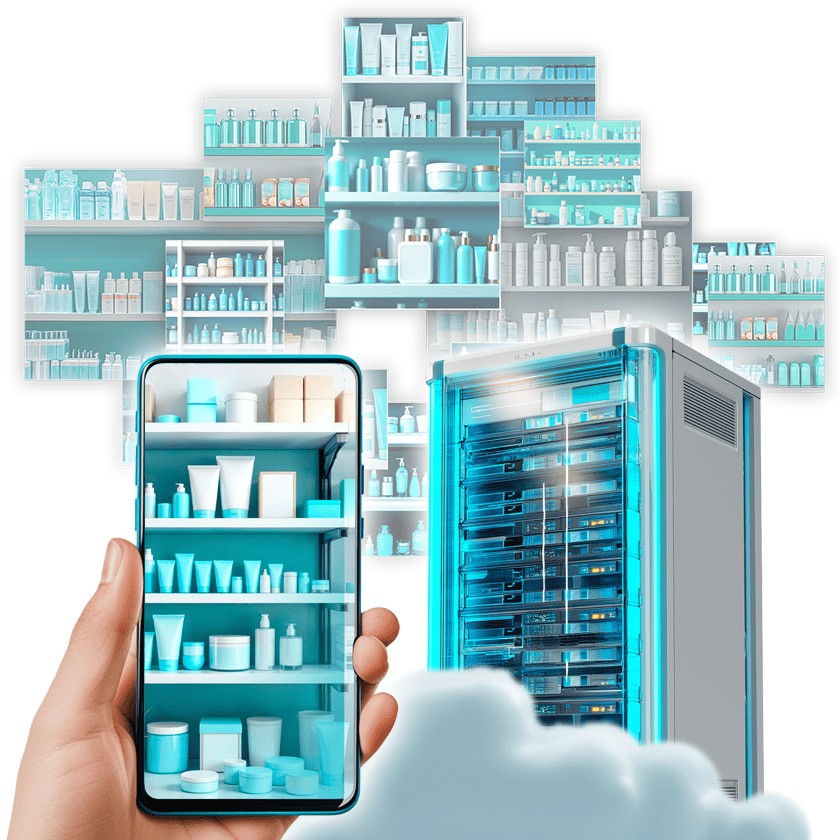
Mobile applications for recognition of goods have different operation principles. Some of them analyze images directly on the merchandiser’s smartphone and can work without internet connection at the moment of recognition. Others send photographs to remote servers to process the images.
The choice of technology affects how quickly results are delivered, the internet connection requirements, and the speed at which data is transmitted to management. Each approach solves its own tasks and is suitable for different conditions of sales team’s work.
Local recognition: how it works and what benefits are there for business
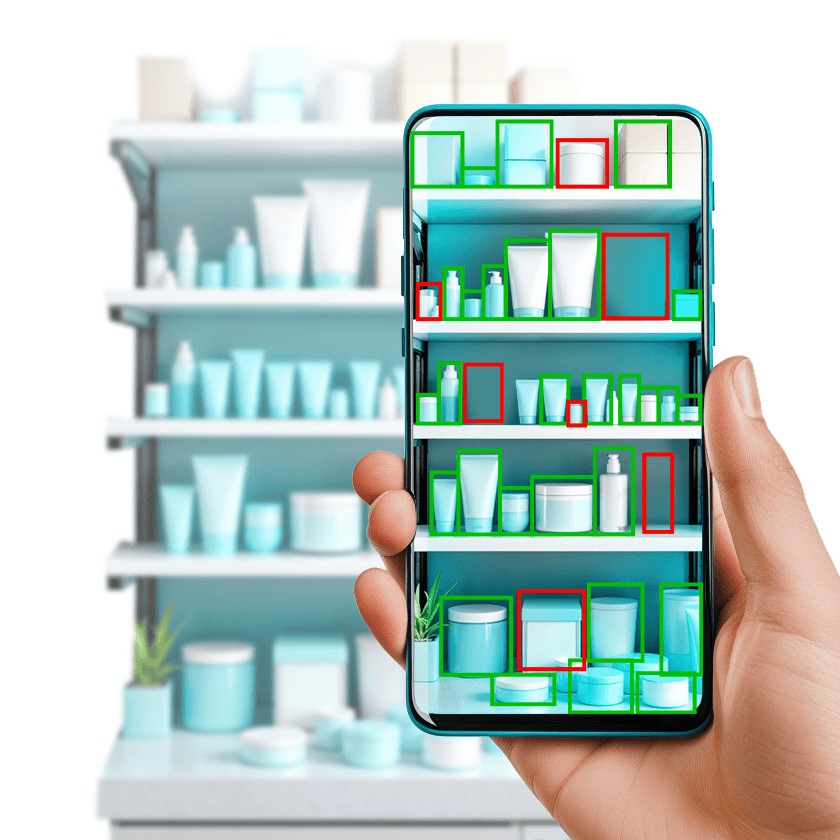
Local recognition (also known as Edge Computing) is carried out directly on the merchandiser’s smartphone without internet connection. Before work, the merchandiser uploads the database containing data on the goods to the application. When they take a photo of the shelf, the system compares the image with the data and immediately shows the results, including which goods are present on the shelves, which ones are placed correctly, and which deviate from the planogram.
The accumulated data are sent to the company server only when the employee turns on the internet connection. The goods database is updated as necessary when the range is expanded by new models, the package changes, or additional training of the model takes place.
Advantages of local recognition
- Independence from the internet speed. Employees can work in trade centers with poor connection, in remote places or regions with weak coverage. Internet quality and speed do not affect the process. Fast internet connection is only required before the start of work and after its completion.
- Rapid operation. Photo processing result appears quickly, without any lags or communication errors. This is especially important for new employees who require quick feedback to understand the correctness of performance of works.
- Specialized applications expand the possibilities of the technology. Local recognition works well with stationary cameras that monitor empty spots on the shelves or control specific goods. The technology is also effective when working with a limited range, where the list of goods is stable and rarely updated.
Disadvantages of local recognition
- Limited capacity of devices makes it impossible to update large catalogs of goods as accurately as servers. Old phones work slower than modern ones or can even not support recognition at all, while the size of the goods base is limited by the device memory and performance.
- Delayed analytics mean that the management is unable to see the situation in real time. Data is only delivered after synchronization, which excludes the possibility of fast response to the problems in sales outlets.
- Risks of incorrect planogram check emerge if the employee forgot to update the base, or the system failed to download the latest version. Work with obsolete data may lead to errors in recognition of new goods or modified package, as well as incorrect checking of the planogram.
- Long or expensive project launch. Necessity of development the app version supported by devices. Potential procurement of expensive equipment
When to choose local recognition?
Local recognition becomes the optimal choice for companies whose sales outlets are located in areas with unstable internet connection or work with a limited range of goods.
Companies with actively growing teams also benefit from local recognition, as new employees receive instant feedback during training. However, quick sales management will be limited, as data are delivered to the analytics only after system synchronization.
Cloud recognition: how it works and what it offers business
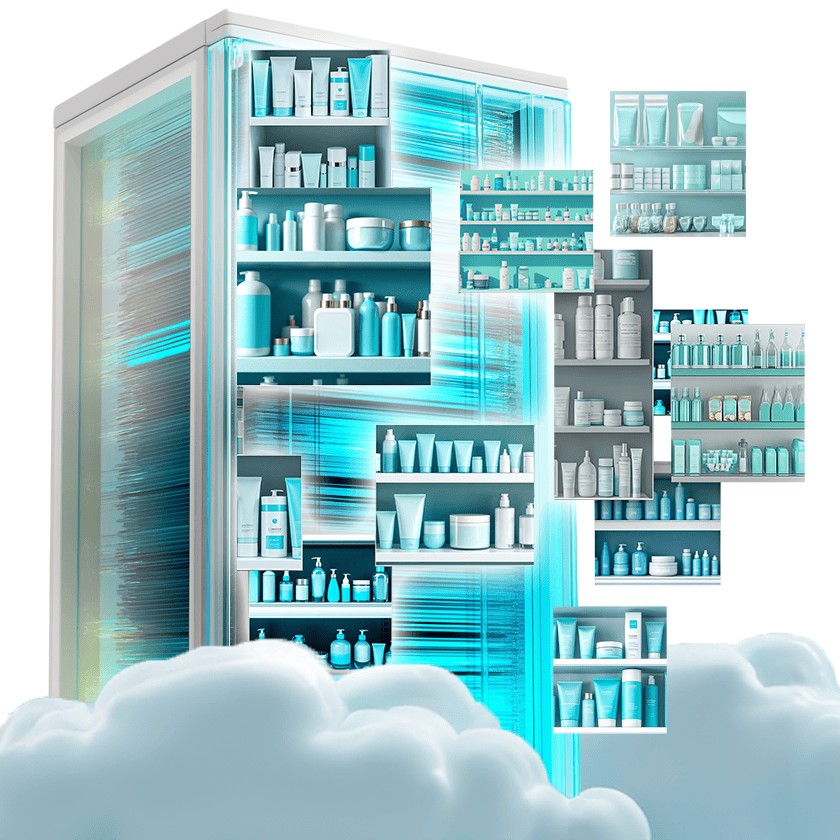
With cloud recognition (Cloud Computing), images are processed at the company server. When the employee takes a photo of the shelf, the image is sent to the cloud, where it is analyzed by neural network algorithms. The result is quickly sent back to the application straight after server processing.
After image processing, all the data are saved on the server, and the managers can see the results of work in real time. When adding new goods or changing the package, updates take place instantly for all users at once without the need to download something onto the smartphone.
Advantages of cloud recognition
- Instant analytics. Managers receive data from sales outlets in real time. They immediately see all problems with goods placement, which tasks are completed, and where an intervention is required. This makes it possible to quickly respond to critical situations, efficiently manage the team in the field and the range in sales outlets. This will make it possible to order goods on time and avoid out-of-stock situations.
- Quick scaling. Servers process databases with thousands of goods and use modern recognition algorithms. Such a system is easily scalable with an increase in the number of users and photographs, while its accuracy and speed do not depend on the phone model.
- Simple control. New goods are added to recognition instantly for all users at once; there is no need to monitor app updates, and the algorithm settings can be changed in a centralized manner for the specifics of each customer.
- Cheaper devices. Cloud recognition does not rely on the device; therefore, business do not need to purchase costly smartphones or tablets. In this case, low-cost models or even chat bots can be sufficient.
- Varied data sources. Cloud systems can process photographs for recognition from various sources: file storage, smartphones, stationary cameras, chat bots, and so on. It does not require installation of a separate recognition app. This approach makes it possible to process accumulated photos and receive analytics for the previous periods.
Disadvantages of cloud recognition
- Reliance on the internet restricts the work possibilities. In zones with poor connection or in the absence of internet connection, the system saves the photos on the device and sends the photos only after connecting to the internet.
- Longer check of goods placement in sales outlets. Due to necessity of transferring large amounts of data and potential connection problems, it may take longer for the merchandiser to wait for the photo processing results. This means that the time required for correction of the goods placement layout increases as compared to the local recognition technology
When to choose cloud recognition?
Cloud option is suitable for the companies that require modern analytics and team control in real time. In addition, it is indispensable when working with large numbers of SKUs, where mobile devices can no longer handle processing big data volumes.
The technology is also effective in case of frequent range changes and the need to quickly add new goods. Cloud recognition ensures the same quality of work on any smartphones and is suitable for companies that value a centralized management system with the maximum recognition accuracy.
Which option is better for your business?
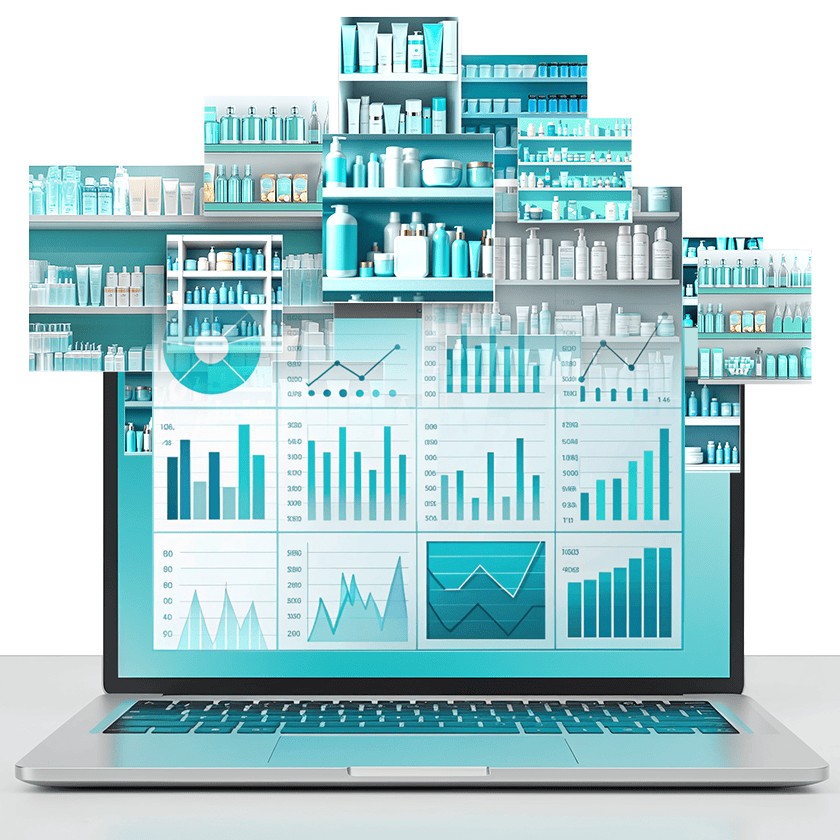
The choice between local and cloud recognition of goods depends on the specifics of your business. Companies with limited range of goods and the need for quick response from the merchandiser will benefit from Edge Computing, while companies with large catalogs and the need for centralized management will be happier with cloud solutions.
The right technology is not necessarily the most modern one; rather, it’s one that solves your company’s specific tasks. Managers must take into account the conditions of the team’s work, requirements for analytics, and specifics of the range. To avoid mistakes when selecting the technology, write to us, and we will help you choose the optimal solution.
FAQ
Local recognition processes images directly on the merchandiser’s device without internet access, while cloud recognition sends images to a remote server for analysis, requiring an internet connection.
Local recognition provides faster feedback on the spot because it doesn’t rely on internet speed or connectivity, making it ideal for quick shelf checks.
Cloud recognition is best for companies with large product catalogs or a need for real-time analytics and centralized management, as it handles more data and updates instantly.
Local recognition is limited by the device’s processing power and storage. It can’t handle very large product catalogs and analytics data is only uploaded after syncing with the internet.
The choice depends on internet reliability at points of sale, catalog size, speed of analytics needed by management, and whether instant or centralized updates are more important.
